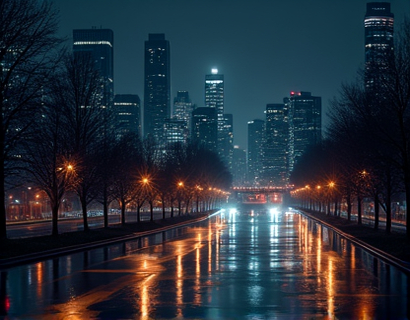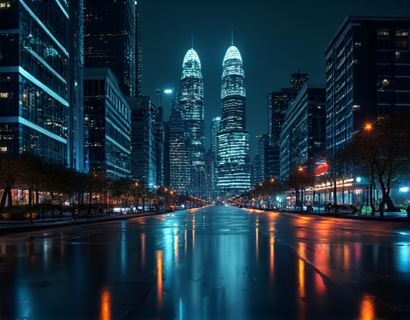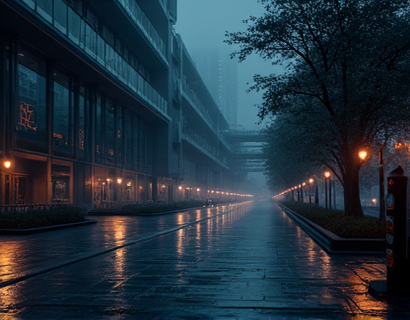Ultimate Guide to the Cultural Heritage, Historical Sites, and Travel Essentials of the Ancient Indus Valley
The Indus Valley, a cradle of one of the world's oldest civilizations, beckons travelers and history enthusiasts with its rich tapestry of cultural heritage and historical landmarks. Spanning across present-day Pakistan and northwestern India, this ancient region offers a profound journey into the past, revealing the sophistication and complexity of a civilization that thrived over 4,000 years ago. This comprehensive guide aims to provide an in-depth exploration of the Indus Valley, highlighting its most significant sites, cultural nuances, and practical travel tips to ensure an enriching and unforgettable experience for all visitors.
Historical Background and Significance
The Indus Valley Civilization, also known as the Harappan Civilization, emerged around 3300 BCE and reached its peak between 2600 BCE and 1900 BCE. It is one of the three ancient civilizations of the Old World, alongside Mesopotamia and Ancient Egypt. The civilization was named after the city of Harappa, one of its major urban centers, which was discovered in the early 20th century. The Indus Valley Civilization is renowned for its advanced urban planning, sophisticated water management systems, and unique script, which remains undeciphered to this day.
The civilization's significance lies in its remarkable achievements in various fields. The cities of Mohenjo-Daro and Harappa exhibit a high level of urban sophistication, with well-planned streets, advanced drainage systems, and public baths. The people of the Indus Valley were skilled craftsmen, producing intricate pottery, jewelry, and seals. Their trade networks extended across the region, reaching as far as Mesopotamia and the Persian Gulf, indicating a high degree of economic and cultural exchange.
Major Historical Sites to Visit
Visiting the historical sites of the Indus Valley is akin to stepping into a time machine, offering a glimpse into the lives of people who lived over millennia ago. Here are some of the must-visit sites that every traveler should include in their itinerary:
Mohenjo-Daro
Located in the province of Sindh, Pakistan, Mohenjo-Daro is one of the most significant and well-preserved cities of the Indus Valley Civilization. The site covers an area of about 300 acres and features several key structures. The Great Bath, a large public bathing facility, is a standout attraction, showcasing the civilization's emphasis on cleanliness and ritual purity. The Granary, a massive storage building, and the Citadel, with its sophisticated drainage system, highlight the advanced engineering skills of the Indus people. The city's layout, with its grid-like streets and standardized brick sizes, provides a fascinating insight into urban planning.
Harappa
Situated in the Punjab province of Pakistan, Harappa is another major urban center of the Indus Valley Civilization. The site is known for its well-preserved ruins, including the Citadel, which houses the Great Bath similar to Mohenjo-Daro. The Lower Town, with its residential areas and workshops, offers a glimpse into the daily life of the Indus people. The site also features a unique stone lion statue, which is believed to have religious significance.
Dholavira
Located in the Rann of Kutch in Gujarat, India, Dholavira is one of the lesser-known but equally impressive sites. This city is notable for its advanced water management system, including reservoirs, stepwells, and a sophisticated drainage network. The site is divided into four main quarters, each with its own unique features, such as the Float Tank, a large water storage structure, and the Pillared Corridor, which connects the citadel to the lower town.
Kalibangan
Kalibangan, also in Rajasthan, India, is known for its early evidence of wheel-made pottery and the world's oldest known fire altars. The site features a well-planned city with a citadel and a lower town, as well as a unique rectangular pyramid-shaped structure, which may have been used for religious or ceremonial purposes.
Cultural Heritage and Traditions
Beyond the archaeological sites, the Indus Valley region is rich in cultural heritage and living traditions. The people of this area have preserved many customs and practices that date back to the ancient civilization. One of the most notable aspects is the craftsmanship, particularly in pottery, metalwork, and textile production. Local artisans continue to use traditional techniques, creating items that are both functional and decorative.
Festivals and rituals also play a significant role in the cultural fabric of the region. The annual festival of Lohri, celebrated in Punjab, marks the end of the harvest season and the beginning of the longer days. It involves bonfires, traditional music, and the exchange of sweets. Another important festival is the Indus Valley Festival, held in Mohenjo-Daro, which showcases the region's history and culture through performances, exhibitions, and reenactments.
The cuisine of the Indus Valley region is a delightful blend of flavors, influenced by both Indian and Pakistani culinary traditions. Dishes such as biryani, kebabs, and various types of flatbreads are staples. The use of local spices and herbs adds a unique taste to the food, reflecting the region's agricultural richness.
Travel Essentials and Practical Tips
Planning a trip to the Indus Valley requires some preparation to ensure a smooth and enjoyable journey. Here are some essential tips and information to help you make the most of your visit:
Best Time to Visit
The optimal time to visit the Indus Valley region is from October to March, when the weather is pleasant, with temperatures ranging from 10°C to 25°C. Summers can be extremely hot, with temperatures often exceeding 40°C, while winters can be cool, especially in the evenings.
Getting There
The region is well-connected by air, road, and rail. Lahore and Karachi in Pakistan, and Ahmedabad and Mumbai in India, are the primary entry points. From these cities, you can take domestic flights or trains to reach the major archaeological sites. For those traveling from abroad, Pakistan and India have several international airports, with Lahore International Airport and Mumbai International Airport being the most convenient.
Accommodation
Accommodation options range from luxury hotels to budget-friendly guesthouses and homestays. In the cities of Mohenjo-Daro and Harappa, there are several hotels near the archaeological sites, offering comfortable stays. For a more authentic experience, consider staying in local villages, where you can immerse yourself in the daily life and culture of the region.
Local Cuisine
Embrace the local cuisine by trying traditional dishes such as naan, roti, and dal, accompanied by a variety of curries and pickles. Don't miss the opportunity to sample street food, which offers a taste of the region's vibrant culinary scene. For vegetarian options, look out for dishes like aloo tamaatar (potato and tomato curry) and ghnta (a type of pancake).
Dress Code
Respect local customs by dressing modestly, especially when visiting religious sites or rural areas. Lightweight, breathable clothing is recommended due to the hot climate. Comfortable walking shoes are essential, as you'll likely do a lot of walking at the archaeological sites.
Cultural Etiquette
When interacting with locals, a few basic etiquette rules can go a long way. Greet people with a nod or a smile, and use polite forms of address. It's customary to remove your shoes before entering homes or religious places. Photography is generally allowed at archaeological sites, but always ask permission before taking pictures of people.
Health and Safety
Ensure you are up to date with all necessary vaccinations before traveling to the Indus Valley. Carry a basic first-aid kit and stay hydrated, especially during the hot months. Use sunscreen and wear a hat to protect yourself from the sun. In case of emergencies, local hospitals and medical facilities are available, but it's a good idea to have travel insurance that covers medical expenses.
Conclusion
The Indus Valley Civilization is a treasure trove of history, culture, and natural beauty, offering a unique and enriching experience for all who visit. From the ancient cities of Mohenjo-Daro and Harappa to the living traditions of the local people, every aspect of this region tells a story of a civilization that thrived over 4,000 years ago. By following this guide, you can plan a well-rounded and memorable trip, immersing yourself in the rich heritage and warm hospitality of the Indus Valley.










































